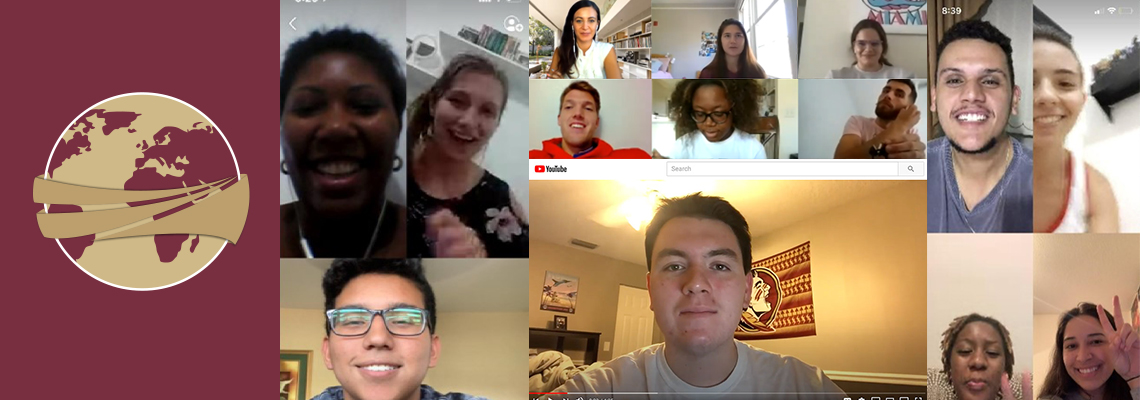The Global Citizenship Certificate began its first COIL initiative during the 2019-2020 academic year in the certificate’s required course, Global Perspectives.
What is COIL?
Collaborative Online International Learning is an emerging, innovative way to provide students with an international experience in their domestic classroom. It provides a global learning environment similar to a study-abroad program without having to leave the classroom.
How does a COIL partnership work?
Typically, a COIL partnership is co-developed by professors in at least two different countries. The project consists of students from at least two universities in different countries collaborating to learn from one another. Student groups can meet through video conferencing tools, online discussion groups, and online work projects. The project typically lasts over a few weeks and ends with a final project completed jointly by student groups.
Benefits of COIL
COIL projects complement the Global Citizenship Certificate’s goals of preparing our students for a global workforce.
More specifically, participating students:
- Develop critical thinking and team-building skills.
- Take part in international communication and learn different perspectives.
- Enhance their technological skills through their online interactions.
- Can experience an inexpensive global exchange without having to leave the U.S.
COIL at FSU
Students enrolled in IDS 2431: Global Perspectives course work with students enrolled in different courses at FATECs, São Paulo State Technological Colleges in Brazil.
The program consists of 4 contacts with the Brazilian students and a final project:
Contact 1: Students have a week to initiate the first contact with each other on the mobile app, Whatsapp. During their first conversation, they will get to know each other for an hour by answering some “ice breaker” questions.
Contact 2: Next, students contact each other again on Whatsapp and focus on discussing each other’s cultural differences based on Hofstede’s Cultural Dimensions.
Contact 3: In this contact, students focus on each other’s conflict communication style (how one views, manages, and expresses conflict) and how it relates to one’s culture.
Contact 4: In the last contact, students choose a topic of their liking to discuss.
Final Project: After getting to know each other through all their previous contacts, the teams will create a collaborative YouTube video to present about each other’s culture.


